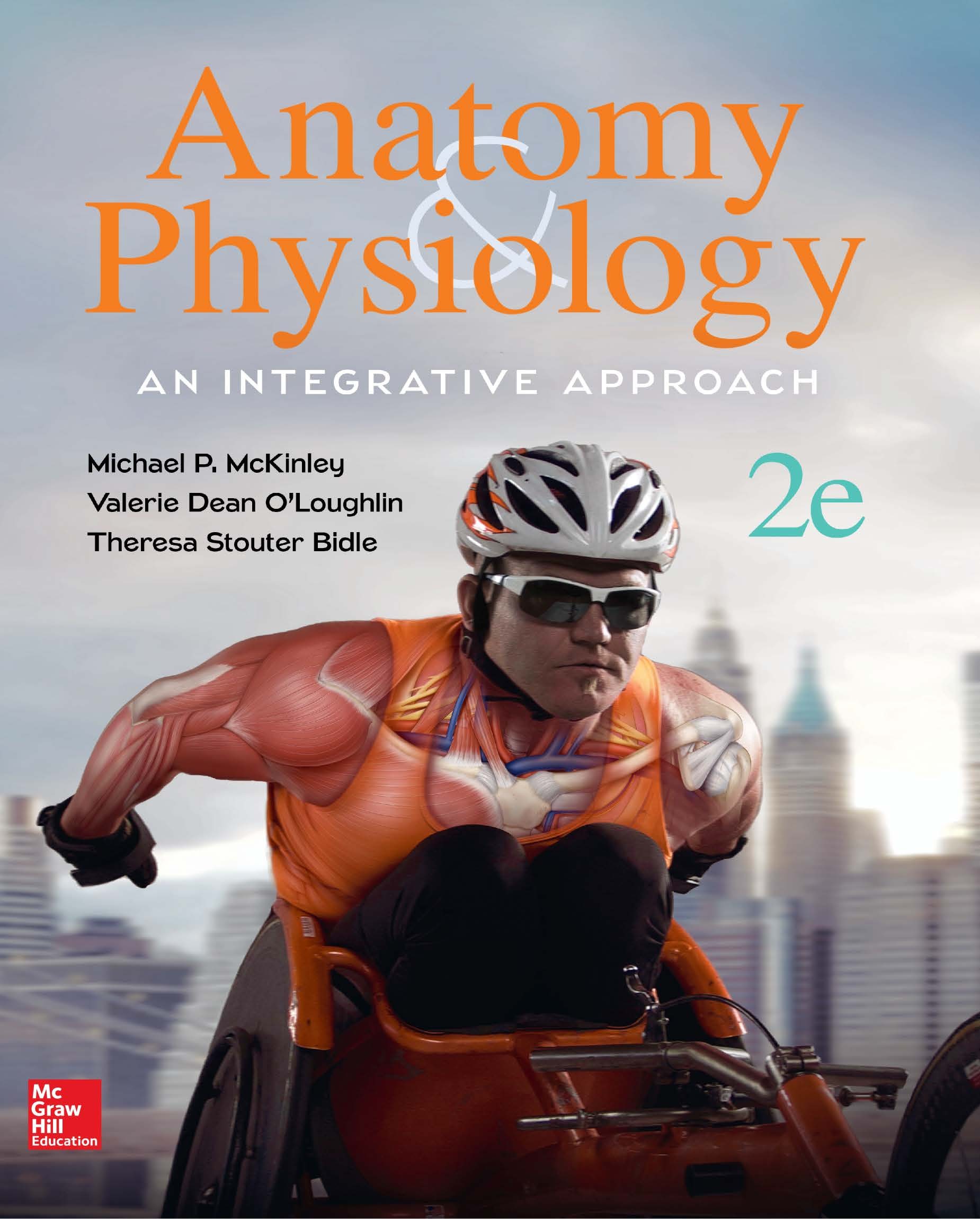Anatomy And Physiology Integrative Approach 2nd Edition by McKinley – Test Bank
Chapter 04
Biology of the Cell
Multiple Choice Questions
1. What unit of measurement is often used to measure cell size?
A. Millimeter
B. Micrometer
C. Hectometer
D. Centimeter
Bloom’s Level: 3. Apply
Learning Objective: 04.01.01 Distinguish among types of microscopy using LM, TEM, and SEM.
Section: 04.01
2.
The microscope of choice for a detailed three-dimensional study of the surface of a specimen is the
A. scanning electron microscope.
B. transmission electron microscope.
C. light microscope.
D. telescope.
Bloom’s Level: 1. Remember
Learning Objective: 04.01.01 Distinguish among types of microscopy using LM, TEM, and SEM.
Section: 04.01
3.
An image produced by passing visible light through a specimen is obtained using the
A. transmission electron microscope.
B. light microscope.
C. scanning electron microscope.
D. dissecting scope.
E. ocular examination method.
Bloom’s Level: 1. Remember
Learning Objective: 04.01.01 Distinguish among types of microscopy using LM, TEM, and SEM.
Section: 04.01
4.
Some of the largest spherical cells in the human body (for example, oocytes) have a diameter of approximately
A. 1 nm.
B. 1 cm.
C. 1 m.
D. 100 nm.
E. 100 m.
Bloom’s Level: 1. Remember
Learning Objective: 04.01.02 Describe the range in size of human cells.
Section: 04.01
True / False Questions
5. The diameter of a red blood cell is a little less than 1 m.
FALSE
Bloom’s Level: 3. Apply
Learning Objective: 04.01.02 Describe the range in size of human cells.
Section: 04.01
6. Most cells in the human body are between 1 m and 100 m in diameter.
TRUE
Bloom’s Level: 1. Remember
Learning Objective: 04.01.02 Describe the range in size of human cells.
Section: 04.01
Multiple Choice Questions
7.
The shape of skeletal muscle cells is described as
A. columnar.
B. biconcave.
C. cylindrical.
D. spherical.
E. irregular.
Bloom’s Level: 3. Apply
Learning Objective: 04.01.03 Name some of the shapes cells may exhibit.
Section: 04.01
True / False Questions
8. Cartilage cells and intestinal lining cells are described as being cube-shaped.
FALSE
Bloom’s Level: 3. Apply
Learning Objective: 04.01.03 Name some of the shapes cells may exhibit.
Section: 04.01
Fill in the Blank Questions














Reviews
There are no reviews yet.